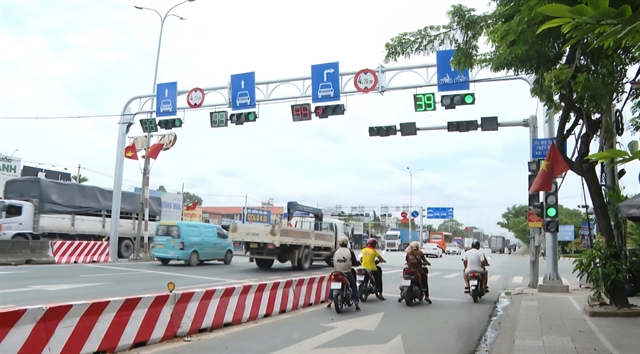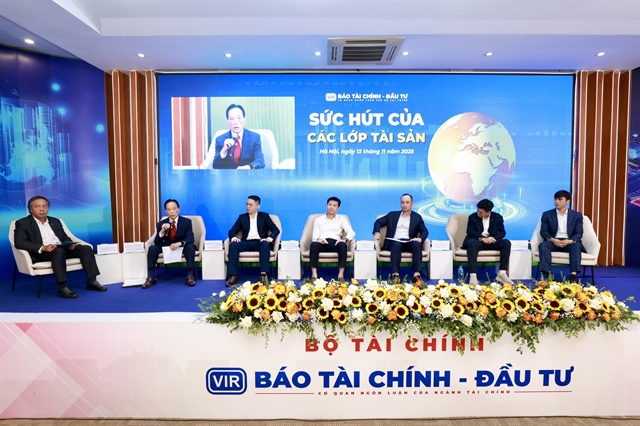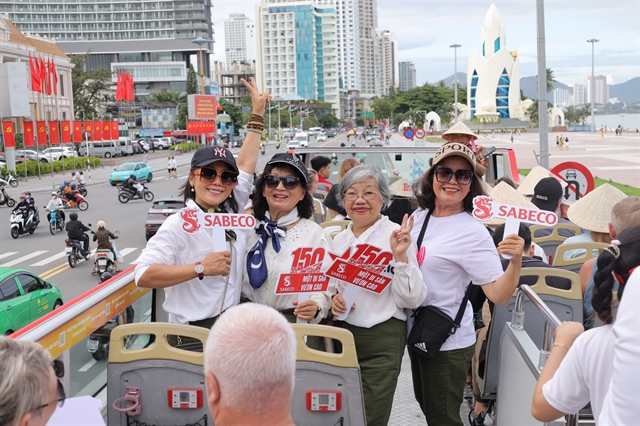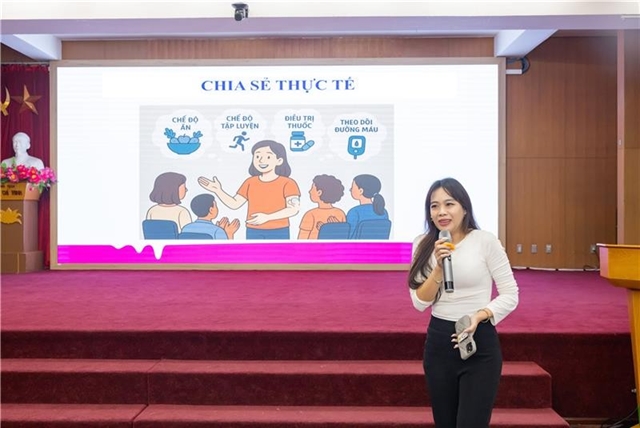 Society
Society


|
| HCM City is applying artificial intelligence (AI) in regulating traffic signals at intersections in order to reduce congestion. - Photo congan.com.vn |
HCM CITY - HCM City and other southern localities are pioneering the use of artificial intelligence in traffic management to mitigate congestion.
According to statistics from the Ministry of Public Security’s traffic police department, the southeastern region and Mekong Delta account for more than 45 per cent of the country's cars and motorbikes, with HCM City alone accounting for over 9.5 million of them.
Traffic pressure is mounting, especially during peak hours and at the city’s gateways, industrial zones, ports, and airports.
Many major roads in the city, Đồng Nai Province and Cần Thơ frequently suffer from gridlock.
But upgrading infrastructure requires enormous resources and time, and so technology, especially AI, is seen as a feasible short-term solution to ease the traffic woes.
AI can help analyse data from cameras and sensors, adjust traffic lights and issue congestion and accident warnings virtually in real time.
HCM City is leading the country in experimenting with AI for traffic management.
Since 2022 its Urban Traffic Management Centre has been trialling a smart, AI-based traffic light control system at a number of key intersections.
At these intersections, waiting time at the lights has fallen by 15 - 20 per cent and the number of prolonged congestion incidents has dropped by 25 per cent.
Cần Thơ city has installed over 600 traffic surveillance cameras integrated with AI image recognition technology to detect violations and enforce automated traffic fines.
Experts say AI could be a big help in regulating traffic and improving oversight by authorities.
Nguyễn Thanh Hải, director of a freight transport enterprise in Đồng Nai, said using AI to manage container vehicle flows at ports and city gateways would significantly reduce fuel costs and waiting times.
Southern localities are urging the government to quickly finalise the legal framework and technical standards for smart cities and smart transportation.
They are also calling for creating public-private partnerships to attract technology companies.
HCM City targets having a modern traffic control centre by 2030 with AI integrated and connected to neighbouring provinces.
Neighbouring localities are also aiming to deploy digital management systems for vehicles, integrating AI to forecast traffic volumes, regulate container truck flows and ease pressure on roads. - VNS




